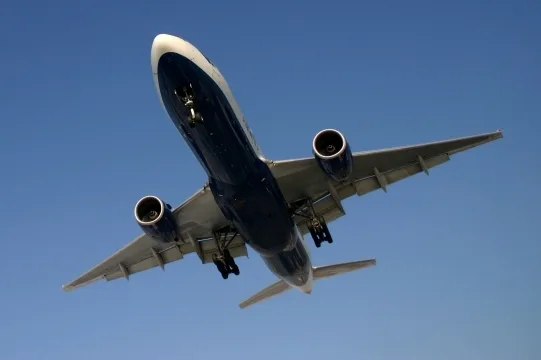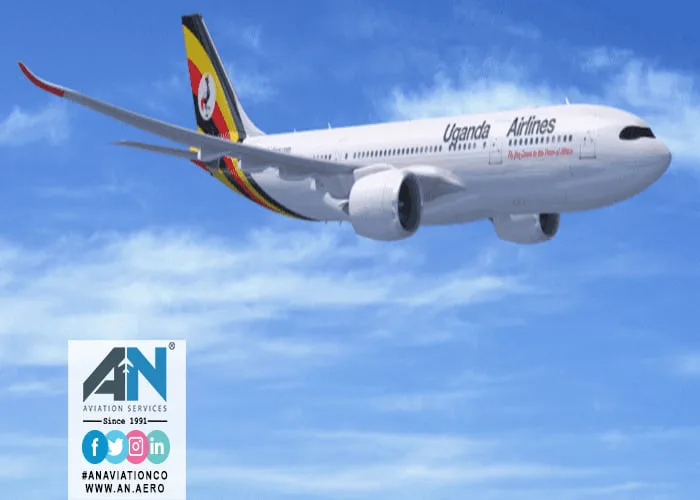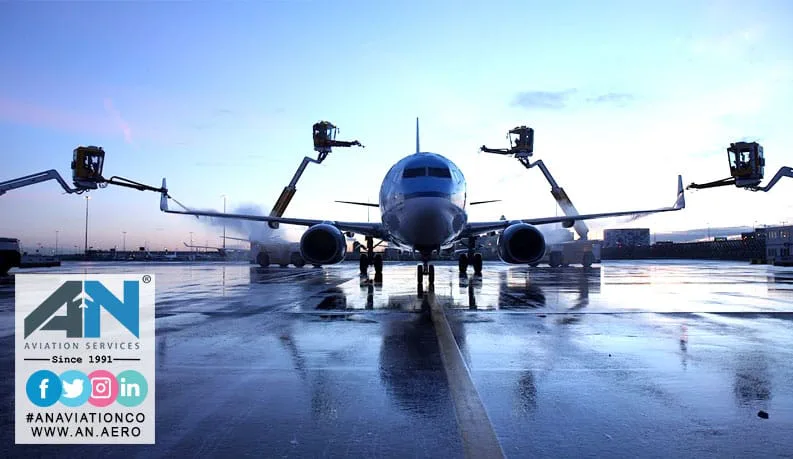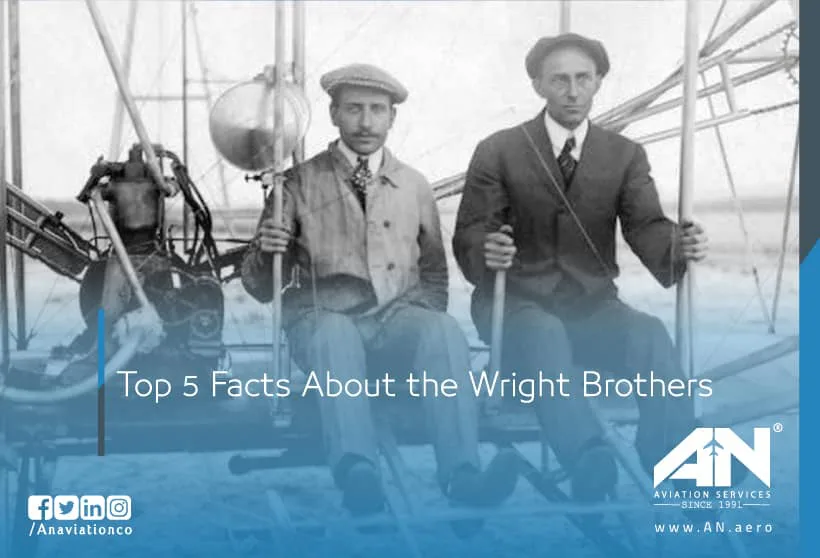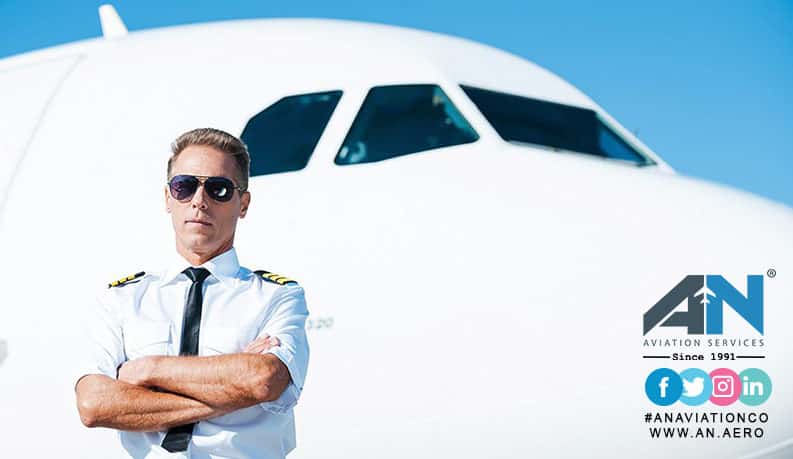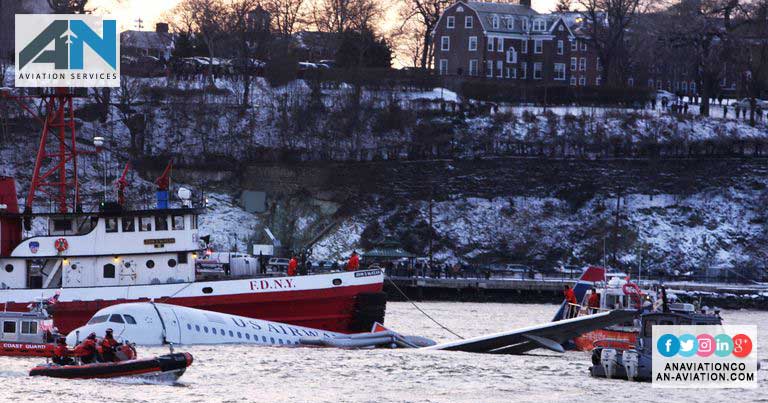
When an engine quits — and won’t restart — the next step is an emergency Landing.
An emergency Landing is a landing of an aircraft in a state of emergency. This does not necessarily happen on a runway. Emergency landing can be made in fields, on water surfaces, on trees, etc.
FEBRUARY 14, 2018: UNITED FLIGHT 1175
What should have been an express ticket to paradise ended in near calamity when an engine casing broke on a flight from San Francisco to Honolulu.
Passengers onboard the plane filmed and posted snapshots of the dilapidated engine to social media, broadcasting their trepidation for all the world to see.
“There was a loud bang…and then the plane really started shaking,” passenger Allison Sudiacal told Hawaii News Now. Luckily, the experienced pilots and crew managed to get all passengers to Hawaii, despite the hair-raising experience.
APRIL 17, 2018: SOUTHWEST AIRLINES FLIGHT 1380
Though this journey was marred by tragedy, it could have been a lot worse: An engine explosion flung shrapnel into the plane’s fuselage, killing one passenger.
The cabin rapidly depressurized, but crew members and passengers still made valiant attempts to save the woman, who ultimately became the first casualty onboard a commercial flight since 2009.
The pilot, Tammie Jo Shults, was lauded as a hero for steering the flight to Philadelphia after its takeoff from New York, with no further passengers sustaining injuries.
DECEMBER 25, 2018: DELTA AIRLINES FLIGHT 128
Emergencies can take you to some unforeseen places, as the 200 passengers onboard a Delta flight from Beijing to Seattle on Christmas Eve can attest.
After the plane had an engine failure, the pilots diverted to an Air Force base on the remote Alaskan island of Shemya. The travelers reportedly waited for 12 hours for another Delta plane to pick them up and ferry them to safety.
OCTOBER 15, 2014: QANTAS FLIGHT 464
Captain Jerem Zwart and first officer Lachlan Smale navigated an especially dicey landing as a severe thunderstorm assaulted Sydney Airport with 70-mph winds.
Despite the howling gales and thunder and lightning, Zwart was able to land the plane safely after circling the airport for more than an hour.
The pilot was lauded as a hero for sticking a near-flawless landing in the daunting conditions, which included floods on the runways and in the airport itself.
January 15, 2009: US Airways Flight 1549
Though the ‘Miracle on the Hudson’ lives on in infamy, these other emergency landings are proof that pilots are regularly capable of heroics.
Ten years ago today, Captain Chelsey “Sully” Sullenberger and his crew safely guided US Airways Flight 1549 to a water landing on the Hudson River in New York City after a bird strike by a flock of Canadian geese shut down the jet’s engines just after takeoff.
What became known as the “Miracle on the Hudson” is one of the most heroic feats pulled off by any aviator, punctuated by quick-witted piloting and the survival of everyone on board the plane.
But there are plenty more pilots who have defied the dangerous odds and landed planes in the face of imminent disaster. Here are eight other emergency landings that deserve your attention.
JUNE 10, 1990: BRITISH AIRWAYS FLIGHT 5390
When a faulty windscreen panel dropped off from the cockpit window, Captain Tim Lancaster was halfway sucked out of the cockpit, with only his legs dangling inside at 17,000 feet.
Lancaster’s copilot Alastair Atchison flew the plane while flight attendants latched onto the stricken pilot, despite the absence of air pressure in the cockpit. With Lancaster losing consciousness in the dwindling oxygen supply and getting thrashed by fierce winds, the crew feared the worst outcome.
The pilot regained consciousness after the plane’s emergency landing at nearby Southampton Airport, though, and was quickly rushed to the hospital. Everyone on board survived.
MAY 24, 1988: TACA FLIGHT 145
Another flight that lost engine power at altitude, TACA Flight 145 bore all the signs of an inevitable disaster. The plane was battered by heavy winds and rains while trekking over the Gulf of Mexico, and Captain Carlos Dardano realized that his engines wouldn’t start shortly thereafter.
There weren’t many options as far as landings, but the ample levees in New Orleans proved a welcoming substitute for a tarmac. Dardano landed the aircraft safely on a long strip of grass next to a levee at NASA’s Michoud Assembly Facility, ensuring the survival of all 45 passengers.
FEBRUARY 19, 1985: CHINESE AIRLINES FLIGHT 006
A long-haul journey from Taipei, Taiwan, to Los Angeles, China Airlines Flight 006 was cruising at 41,000 when its engines lost power. Given the length of the journey, the flight was teeming with passengers and crew, so Captain Min-Yuan Ho needed to act fast.
He did indeed spring to action, but not before the plane sunk a total of 30,000 feet. The pilot prevailed by directing the aircraft to San Francisco—not really that far from its intended destination of Los Angeles.
JULY 20, 1983: AIR CANADA FLIGHT 143, A.K.A. “THE GIMLI GLIDER”
A Boeing 767 ran completely out of fuel during a cross-Canadian flight from Ottawa to Edmonton, prompting both engines to power down at an altitude of 41,000 feet.
The near-disaster in the air was prompted by a blunder on the ground: With the plane’s Fuel Quantity Information System experiencing hiccups, ground crews loaded the aircraft with only half the fuel it needed for the journey, according to the Canadian Broadcasting Corporation.
Captain Robert Pearson, who had previously been a glider pilot, managed to maneuver the plane to a defunct Canadian Air Force base at Gimli, Manitoba, which at the time was teeming with go-carts and festive crowds due to a family event.
The base was abruptly cleared, however, and the plane glided to safety with all 61 passengers unscathed, minus two minor injuries and damage sustained to the aircraft’s nose.




